Switching your school or business to green cleaning services is one of the most important steps your organization can make to combat climate change.
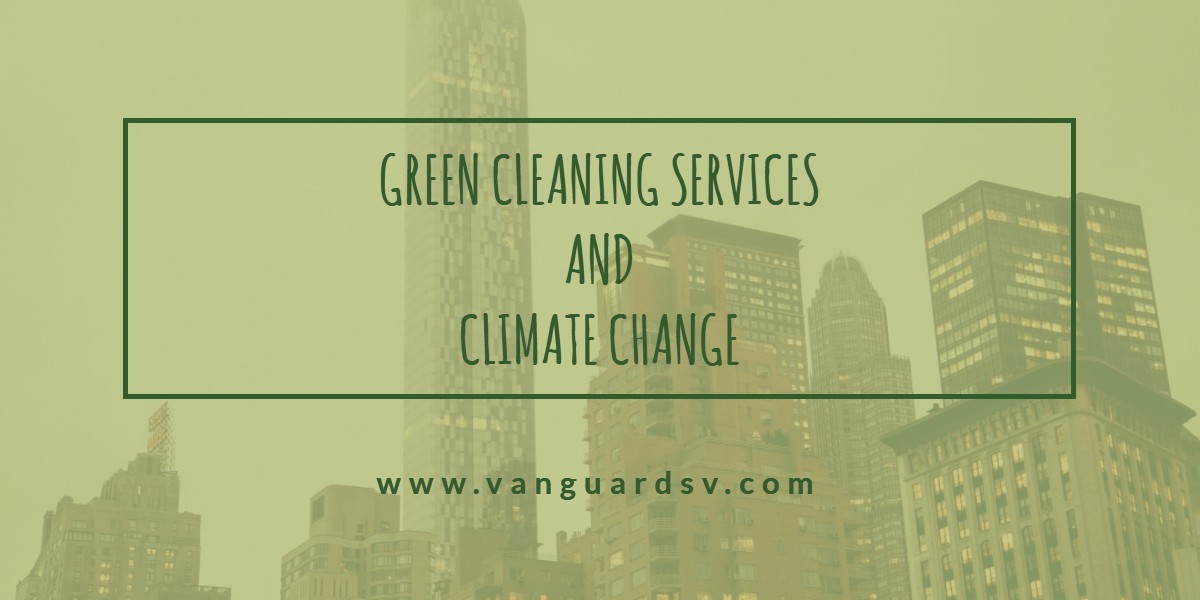
Green Cleaning Services for Schools and Businesses to Combat Climate Change
Green cleaning services can help your organization achieve sustainability by addressing the four cornerstones of ecologically responsible operations:
- Eliminate toxins introduced into the environment via conventional or consumer-grade cleaning products.
- Reduce water use and eliminate waste by adhering to LEED standards.
- Make intelligent purchasing decisions that compliment zero waste initiatives, and;
- Leverage natural energy resources where practical, and significantly reduce the use either directly or indirectly, of conventional energy sources.
From Cleaning to Pollution and Cancer
Commercial and consumer grade cleaning products (and even so-called 'green' products) contain toxic chemicals, often undisclosed on the labels that poison our children and us and pollute the air in our homes, schools, and businesses, as well as the water when they are flushed down the drain.
The vast majority of the toxins in chemical cleaners are broken down by natural processes.
However, a 2002 waterway study conducted by the U.S. Geological Survey found;
[sic]...persistent detergent metabolites in 69% of streams tested.
[66%] contained disinfectants.
Unfortunately, that is not where the list ends.
Consumer cleaning products also release phosphates (most commonly found in dishwasher detergents) into the water, which accelerates algae blooms, consuming available oxygen in the water, and killing off fish and other aquatic life.
Additionally, petroleum-based solvents (commonly found in degreasers) represent a significant cancer risk, and user and occupant exposure are nearly impossible to control due to its high evaporation rate.
Compounding the issue, product containers manufactured to be recycled are still entering landfills, or are made from polyvinyl chloride (PVC, #3), which is a known carcinogen, of which an estimated 99% is unrecycled every year.
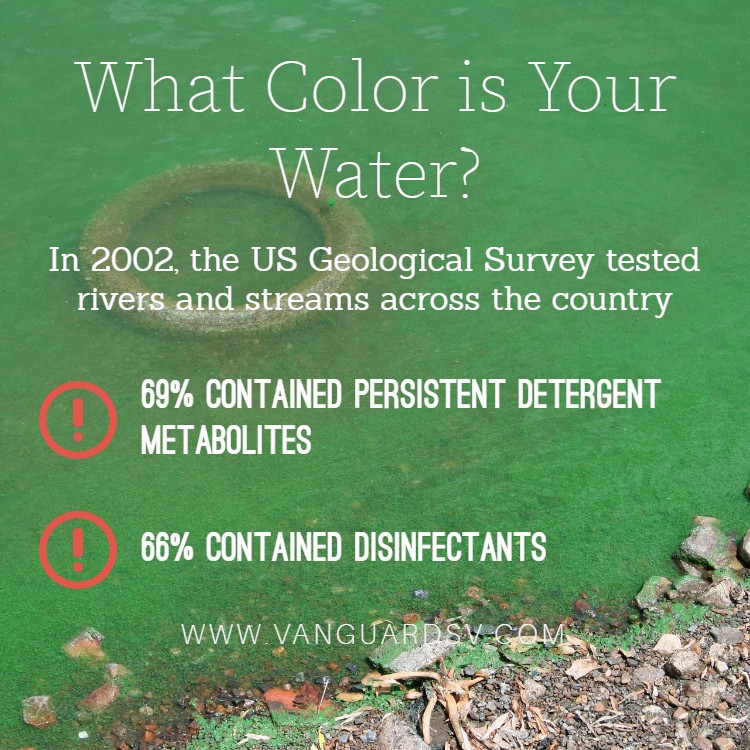
The 1%
Water, the most valuable resource on the planet, is under attack.
As the population throughout the U.S. continues to grow, demands for clean water access continue to rise.
Unfortunately, only about 1% of the world's water is considered safe for drinking.
When combined with heavy drought conditions across the country, the time to act on conservation and use reduction policies is now.
A recent report published by Gene Topper, Ph.D., and Thomas Marting, B.S.ChE underscored the issue, stating;
A World Resources Institute study concluded that world water withdrawals from surface waters has increased nearly twice as fast as global population growth.
The USGS published a report in 2013 indicating that from 1900 to 2008, US groundwater depletion has increased due to growth in water demand outpacing the capacity for natural replenishment, with a 25% increase in the rate of groundwater depletion occurring between 2001 and 2008.
As of August 5th, 2014 NOAA’s US Drought Monitor indicated that 34% of the 48 continuous United States were in Moderate or worse drought conditions, and 10% is in extreme or worse drought conditions, with impacts primarily in the southwest and the western US.
At the same time, 58% of the state of California was experiencing exceptional drought, the harshest rating on the NOAA scale, with many areas in the state short by more than one year’s worth of rainfall.
Effects of Foam Hand Soap on Water Consumed During Typical Hand Washing
We're Throwing it All Away
California produces approximately half of the U.S.'s high-value specialty crops--a multi-billion dollar industry that directly or indirectly affects every resident in the state, and millions of families around the world.
Recent extreme drought conditions, an early byproduct of climate change, placed a nearly buckling level of pressure on state water resources to supply the ag industry, which was only saved by heavier than average rainfall in late 2016 and early 2017.
Perhaps strangely, the residents of California were the culprits, having dumped an average of 35 tons of trash per person into local landfills--the 4th most significant contribution in the nation.
The landfill contribution has resulted in an ecological nightmare, with state methane gas emission levels higher than most of the rest of the country combined.
This is extremely problematic, as methane is a greenhouse gas that is significantly more efficient at trapping heat than carbon dioxide.
According to the Northwest Environmental Center;
Garbage is a major contributor to global warming.
Solid waste landfills are the single largest man-made source of methane gas in the United States.
Methane (CH4) is a powerful greenhouse gas that is 23 times more effective at trapping heat in the atmosphere than the most prevalent greenhouse gas—carbon dioxide (CO2).
Landfills Contribute to Global Warming
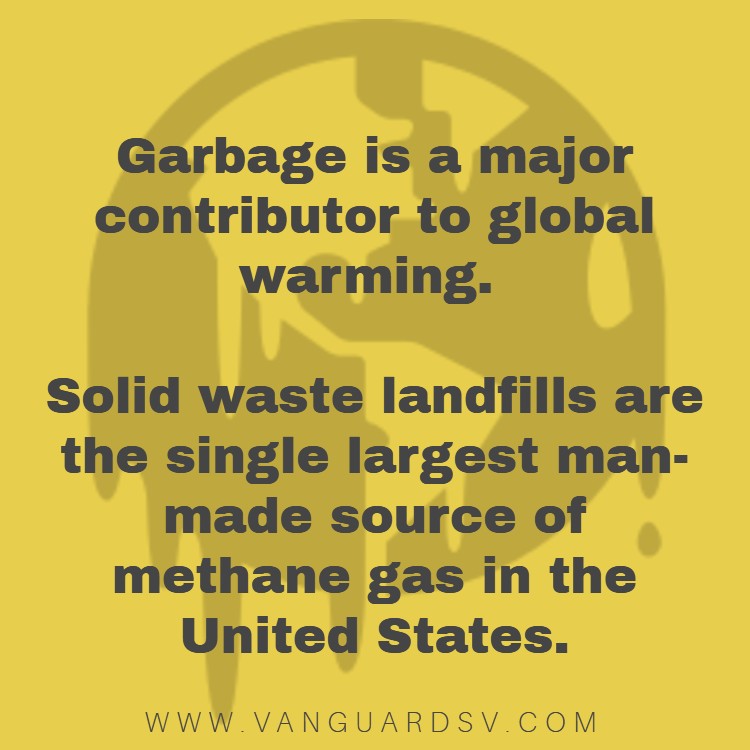
Waste Not, Want Not
Nearly 70% of U.S. energy comes from coal and natural gas, the acquisition and use of which can be incredibly destructive to local environments and populations.
Source:
Unfortunately, the U.S. is also the world's most significant energy waster.
According to the Energy Resource Center, the U.S.:
- Wastes 61 to 86 percent of the energy that flows through it - equivalent to approximately $130 billion a year, and;
- Uses 127 percent more water today than we did in 1950, of which an estimated 95 percent of the water we use goes down the drain.
That translates into some alarming statistics.
- The energy consumed by just 75,000 U.S. homes is equivalent to the energy lost during the 2010 BP Oil spill.
- Our aging water infrastructure leaks an estimated 7 billion gallons of drinking water PER DAY--enough to fill an estimated 11,000 swimming pools!
Source:

How to Save us All
Green cleaning services, Zero-Waste Initiatives, and sustainable business practices are the only way forward.
A certified USGBC LEED consultant can assist your organization with all of the analysis and changes you need to create a healthier working and learning environment.
Eliminate Toxic Chemical Use and Exposure
Look at the Material Safety Data Sheets (MSDS) for all of the chemicals you use in your school or office--OSHA typically requires these to be available for occupant and worker analysis.
Review the chemicals used in the products and determine their real-world implications and effects on humans, animals, and the environment.
More than likely, what you'll discover is that you've been poisoning yourself, the building occupants, and the Earth and that the cleaning product isn't all that effective at actually removing or killing germs and bacteria.
As an adult, it is your right to take the educated risk in exposing yourself to these chemicals in the workplace.
Children in schools, however, are not afforded that luxury.
According to Green Cleaning Schools;
One in five Californians spend their day at school, including students, teachers, and staff. Alarmingly, the California Air Resources Board found significant environmental health concerns in many of California’s classrooms.
Some of these concerns stem from the very products used to keep the school clean.
As a result, school children and staff are unnecessarily exposed to chemicals commonly found in traditional cleaning products, chemicals that have been linked to asthma and other respiratory problems, cancer, reproductive and neurological harm, hormone disruption, water pollution, smog, and damage to the ozone layer.
Health and Environmental Benefits of Green Cleaning Products
The least complicated, most cost-effective route is to consult with a certified green cleaning specialist.
Alternatively, you can try to do it yourself--we firmly recommend reviewing the products available from Green Seal.
For More Information:
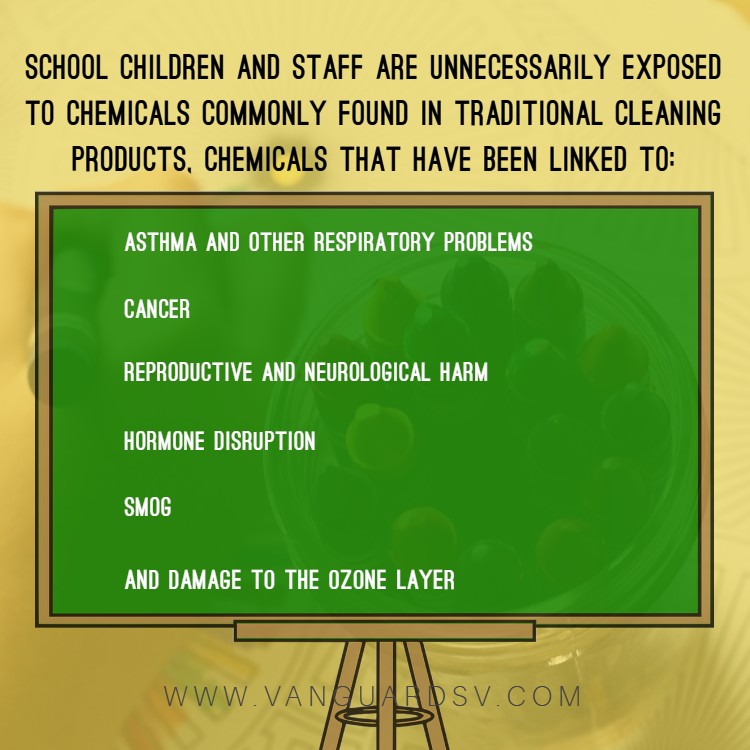
Reduces Water Use & Waste
Reducing water use and waste is simple with a simple, three-step process.
- Microfiber - Microfiber cloths are capable of absorbing six times their weight in water, are extremely durable and, due to their design, can leverage the static electricity created during the scrubbing process to attract dust and other particles.
- Chemical Management Systems - Modern chemical management systems (CMS), such as pods or canisters, are light-weight and portable and eliminate the guesswork when diluting cleaning products, which reduces unnecessary water waste.
- Two-Bucket Systems - Two-bucket systems, color-coded cloths, and velcro mop heads facilitate the cleaning of a much larger space than comparable methods and equipment, without dumping the bucket containing the cleaning product every few rooms.
To test this method, the University of California Davis Medical Center replaced all of their string mops with microfiber and the two-bucket method.
The EPA reported their results and compared them to previously measured conventional methods.
From the chart you can see:
- Water use dropped from 21 gallons to 1 gallon per day.
- Chemical use went down by 10 ounces per day.
- The number of cleaned rooms went up by 2.
- Costs went down by approximately $30 per day.
The Green Clean Three-Step
- A single bucket is filled with a precise volume of water.
- A dissolvable pod of cleaning product is placed in the water where it begins to dilute automatically.
- Clean microfiber cloths are put in the bucket and allowed to absorb the cleaning solution but are wrung out in a separate bucket, avoiding unnecessary contamination of the cleaning solution.
Used mopheads are changed quickly, changed out via a simple velcro system, and used cloths and mop heads are sanitized in the laundry for reuse.
The cleaning chemicals are all non-toxic, environmentally friendly, and biodegradable, so they do not pollute the indoor air or the water, and a new bucket of cleaning solution does not have to be mixed until the previous one has been entirely used, eliminating water waste and pollution.
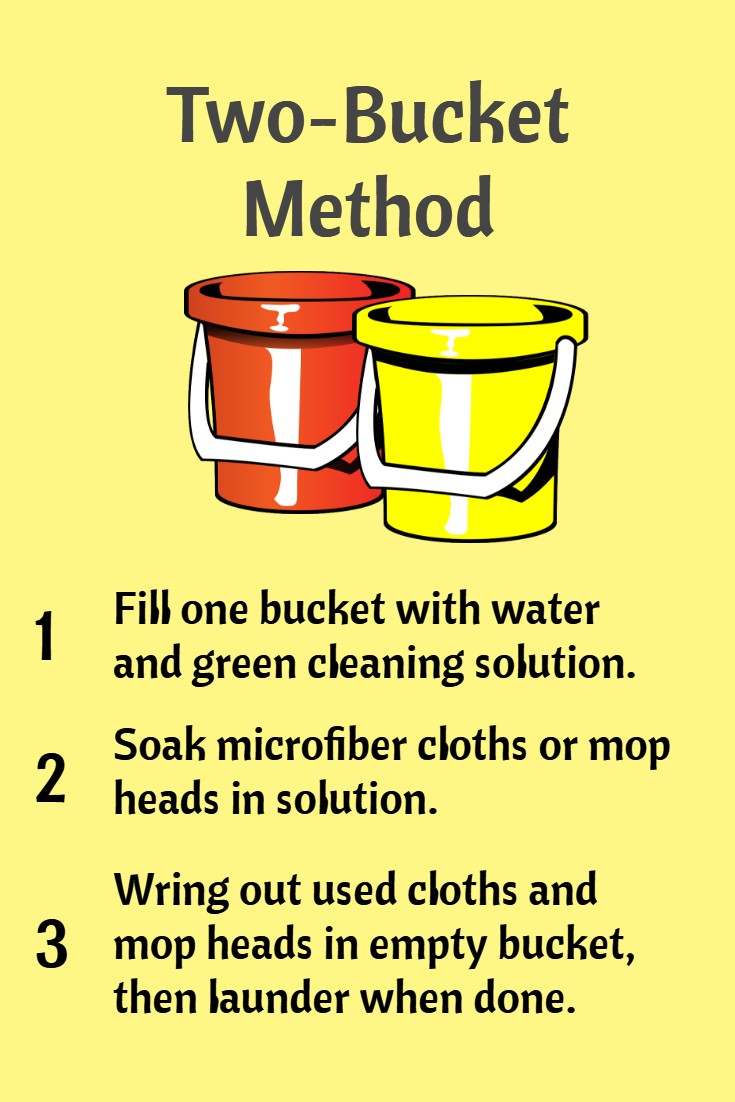
Sustainable Materials Management
Managing renewable products and resources from raw product extraction, through use to recycling, is necessary to ensure our future.
According to the EPA, citing the Annex to the G7 Leaders’ June 8, 2015, Declaration;
[sic]...global raw material use rose during the 20th century at about twice the rate of population growth.
For every 1 percent increase in gross domestic product, raw material use has risen by 0.4 percent.
This increasing consumption has come at a cost to the environment, including habitat destruction, biodiversity loss, overly stressed fisheries and desertification.
Materials management is also associated with an estimated 42 percent of total U.S. greenhouse gas emissions.
Failure to find more productive and sustainable ways to extract, use and manage materials, and change the relationship between material consumption and growth, has grave implications for our economy and society.
Purchasing products made from recycled materials can have a tremendous impact on our environment.
According to the University of Louisville;
Buying 100 percent recycled-content paper can reduce energy use by 44 percent, decrease greenhouse gas emissions by 37 percent, cut solid waste emissions in half, decrease water use by 50 percent, and practically eliminate wood use.
For a product to be considered sustainable, every part of its life-cycle must align with socially and environmentally conscious practices, including:
- Raw material extraction.
- Production.
- Packaging and distribution.
- Product use.
- Disposal and end-of-life management.
- Recycling and reuse.
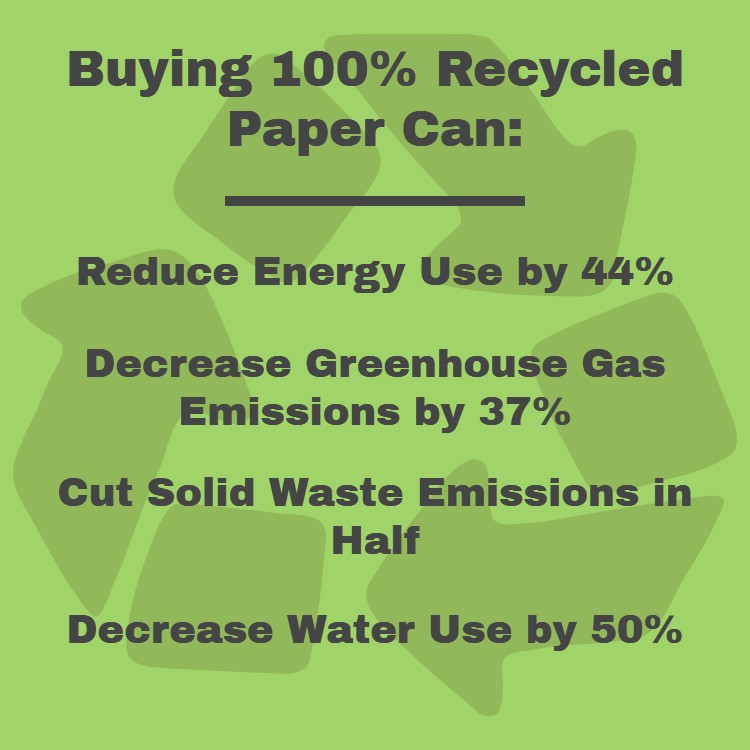
Energy Efficiency
Reducing greenhouse gas emissions, pollution, and natural energy use is simple.
We can:
- Use what we have sparingly or more efficiently, and;
- Find cleaner alternative sources.
California surprisingly has done a better job of this than the rest of the U.S. combined.
According to Green Tech Media, by 2013, California had;
- Kept household electric bills 25% lower than the national average.
- Cut carbon emissions equivalent to 5 million cars annually.
- Generated twice as much economic output for every kilowatt-hour consumed compared to the rest of the country.
- Saved residents and businesses an estimated $65 billion.
Source:
Green cleaning services can cost-effectively reduce energy use by:
- Using high-efficiency equipment, such as automatic floor scrubbers, microfiber, and backpack vacuums.
- Switching to daytime/operational time cleaning hours.
- Using biodegradable and recycled materials.
- Managing waste and recycling programs, and;
- Installing IoT monitoring to ensure equipment performance efficiency.
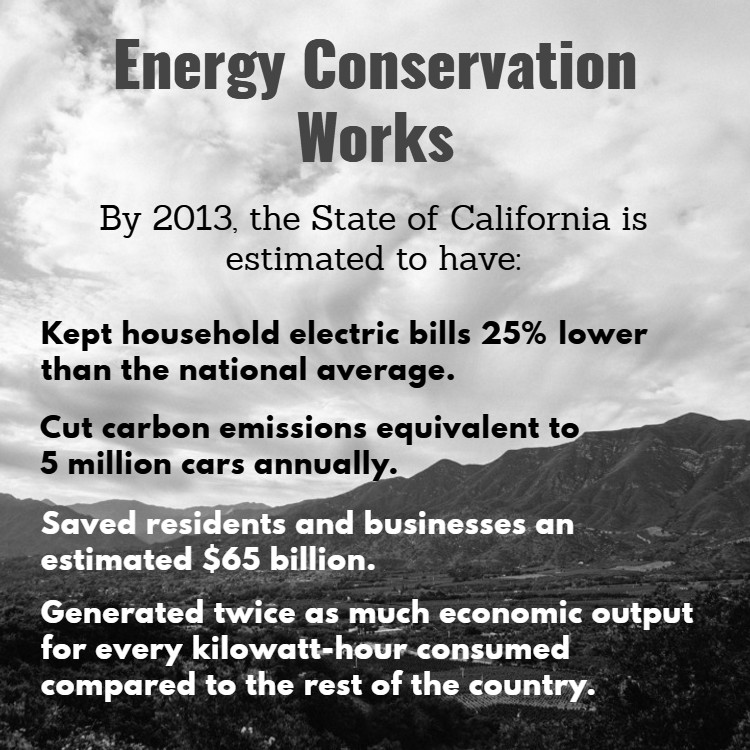
References & Resources
- Some Facts About Cleaning Product Disposal
- Parts Washers: Aqueous-Based vs. Solvent-Based
- Climate Impacts in the Southwest
- 50 Surprising Facts on Energy Consumption in the United States
- Landfill Gas Energy Project Data and Landfill Technical Data
- Annex to the G-7 Leaders’ Declaration
Takeaway
Green cleaning services, combined with waste management and sustainable business practices will ensure a healthy world and a promising future for generations to come, but we must act now, or it will be too late.
Ignoring the documented hazards to our personal health, our children's well-being, and our planet's environment will not make them go away.
Taking corrective action for a better tomorrow is straightforward, cost-effective, and rewarding.
Your students, employees, customers, and the community will thank you for it.
If you would like to learn more about the advantages of green cleaning services for your school or business, contact us today for a free quote!
In Bakersfield CA, call (661) 395-3009
In Fresno CA, call (559) 473-1790
In Valencia CA, or Santa Clarita CA, call (661) 395-3009


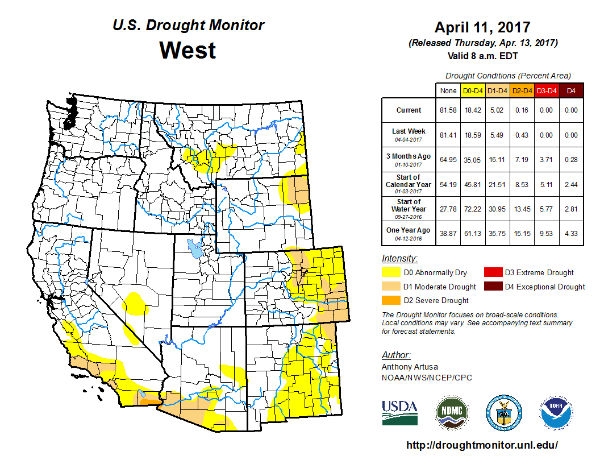
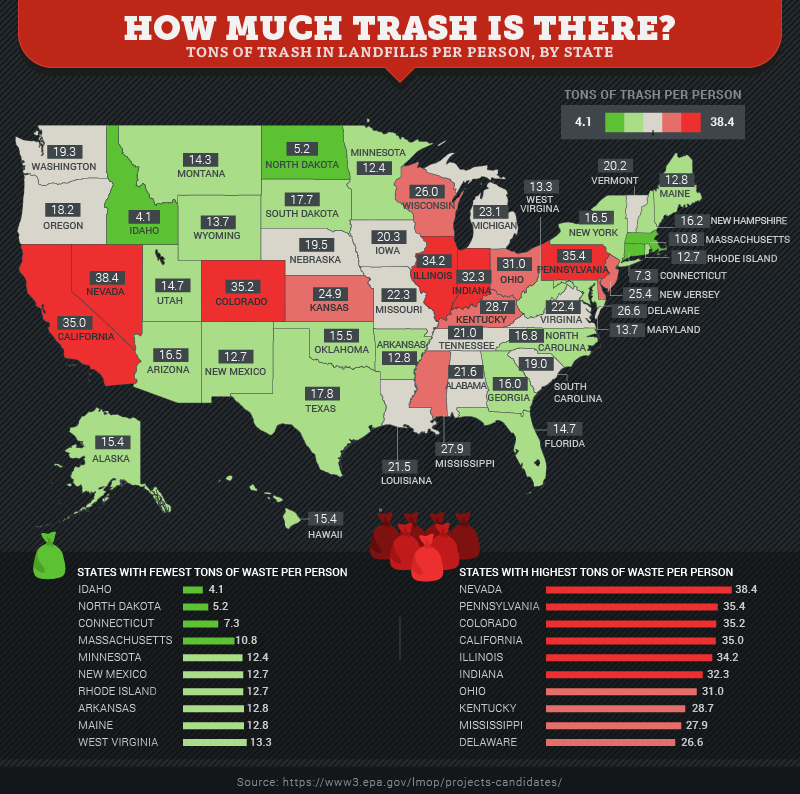
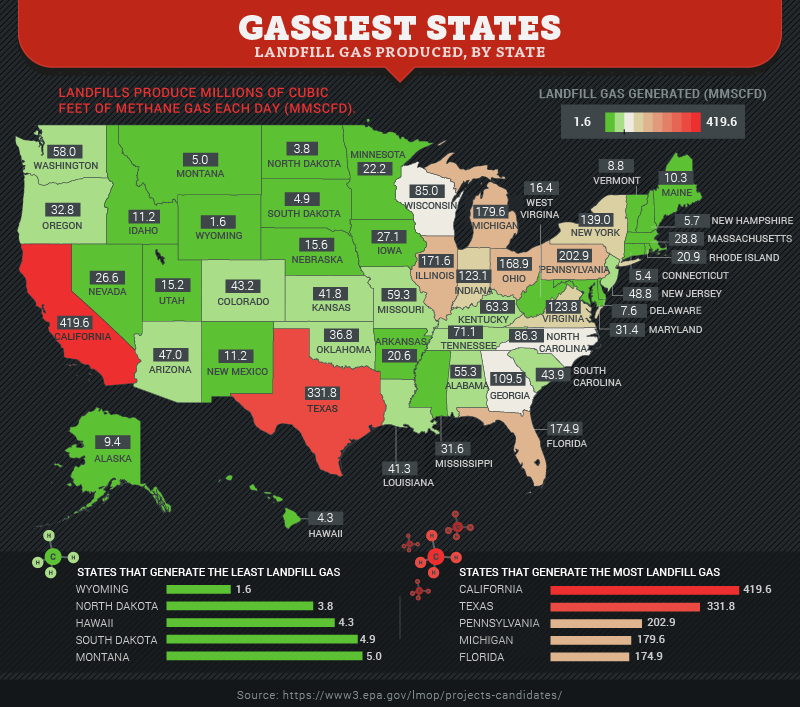
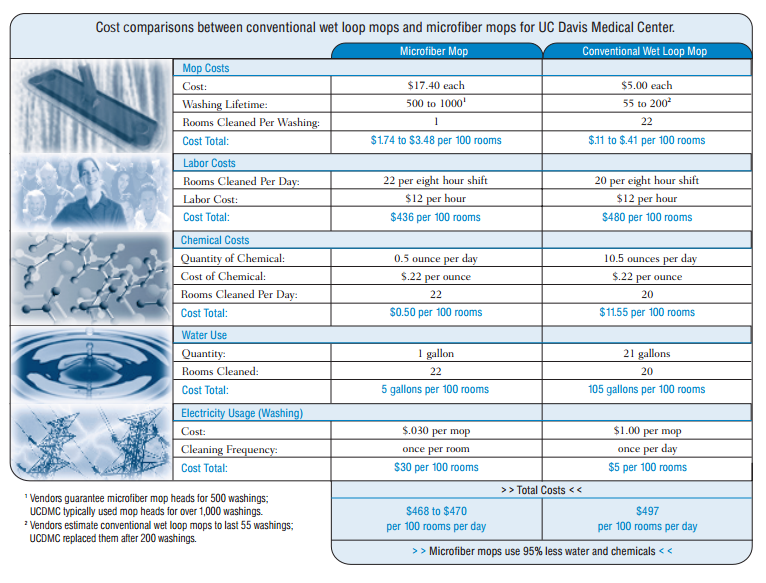
You must be logged in to post a comment.